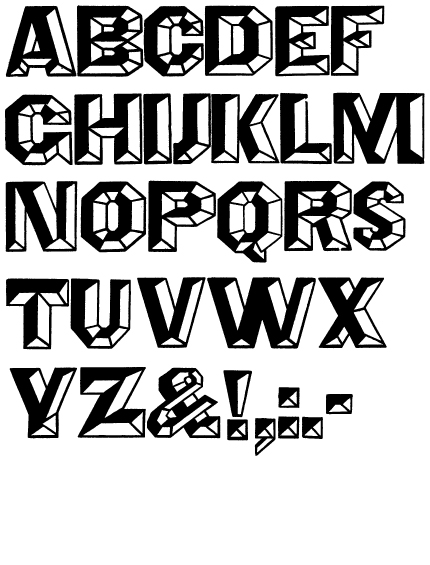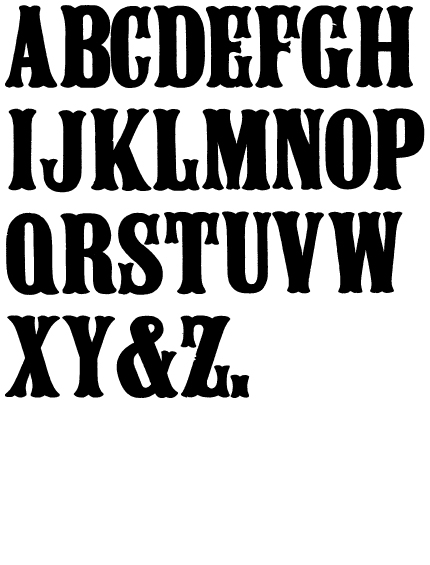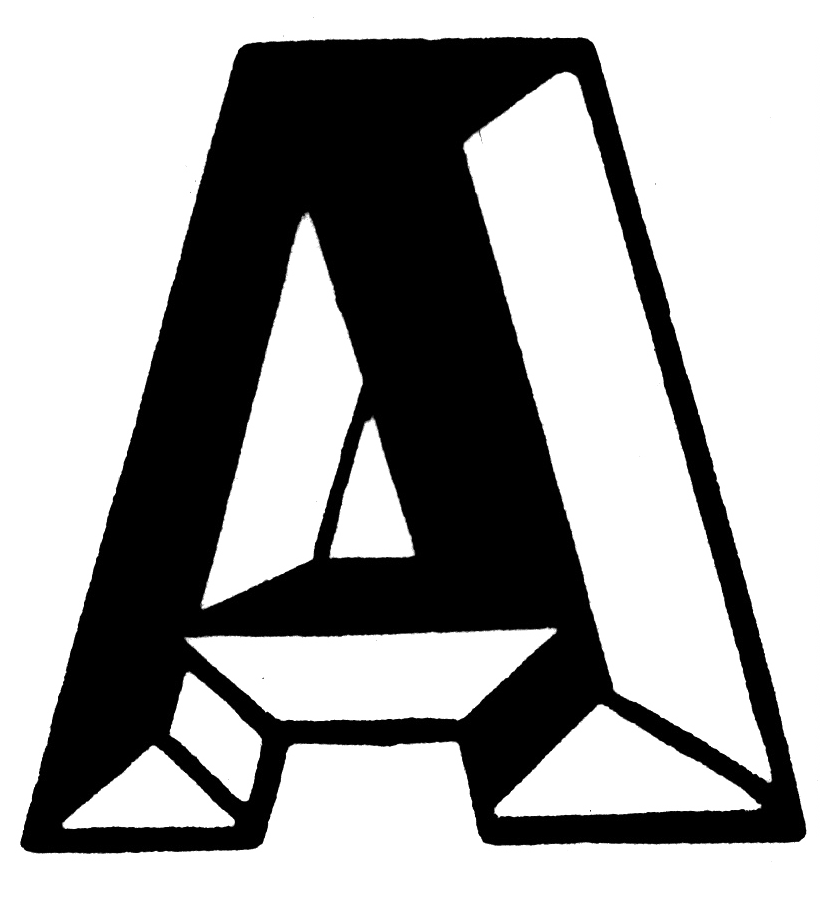Between 2014 and 2017 there was a significant rise in media coverage of stories about the catastrophic effects of pesticides on bee colonies. Despite this, there has been little action and the peril endures…
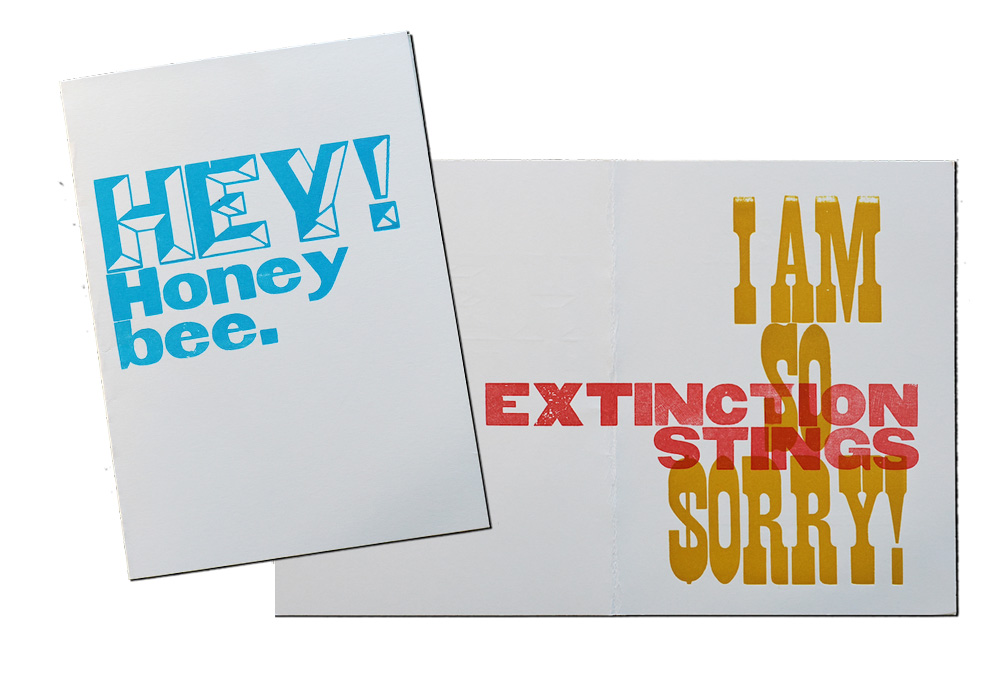
This card was developed in one of our earlierst workshops in 2019. It was later adapted for an exhibition in Vancouver. It was paired with an installation called Bee Roll. Bee Roll featured a live stream of bee hives installed on the rooftop of the Centre for Digital Media.
In our final year of exhibition, the Ethnographic Terminalia Collective invites visitors to join us in contemplating ends and beginnings in the terminal city. Bees, threatened with extinction, are inextricably linked with the future of human food systems and planetary emergencies. Corporate entities are hastening bee colony collapse by producing chemicals that kill bees and promote monoculture; bees are also cultivated as essential labourers in industrial farming and as wild pollinators the world over. The bees in these hives have been imported from New Zealand, potentially displacing local wild bees. In the context of the capitalocene and colonial extractivism on the edge of the Salish Sea, come sit with a view of the bees on the roof above you. Send a message to one of your relations on a specially designed “Greeting Card for the Anthropocene”.
It is well understood that wild and domestic pollinators perform a critical role in supporting human agricultural economies. Nevertheless, little has been done to regulate the billion dollar pesticide industry. It was our attention to the corporate lobbies that helped us to decide to swap out the ‘S’ of Sorry with a dollar sign: $.
References Cited.
Sánchez-Bayo, Francisco, and Kris A. G. Wyckhuys. 2019. “Worldwide Decline of the Entomofauna: A Review of Its Drivers.” Biological Conservation 232 (April): 8–27.

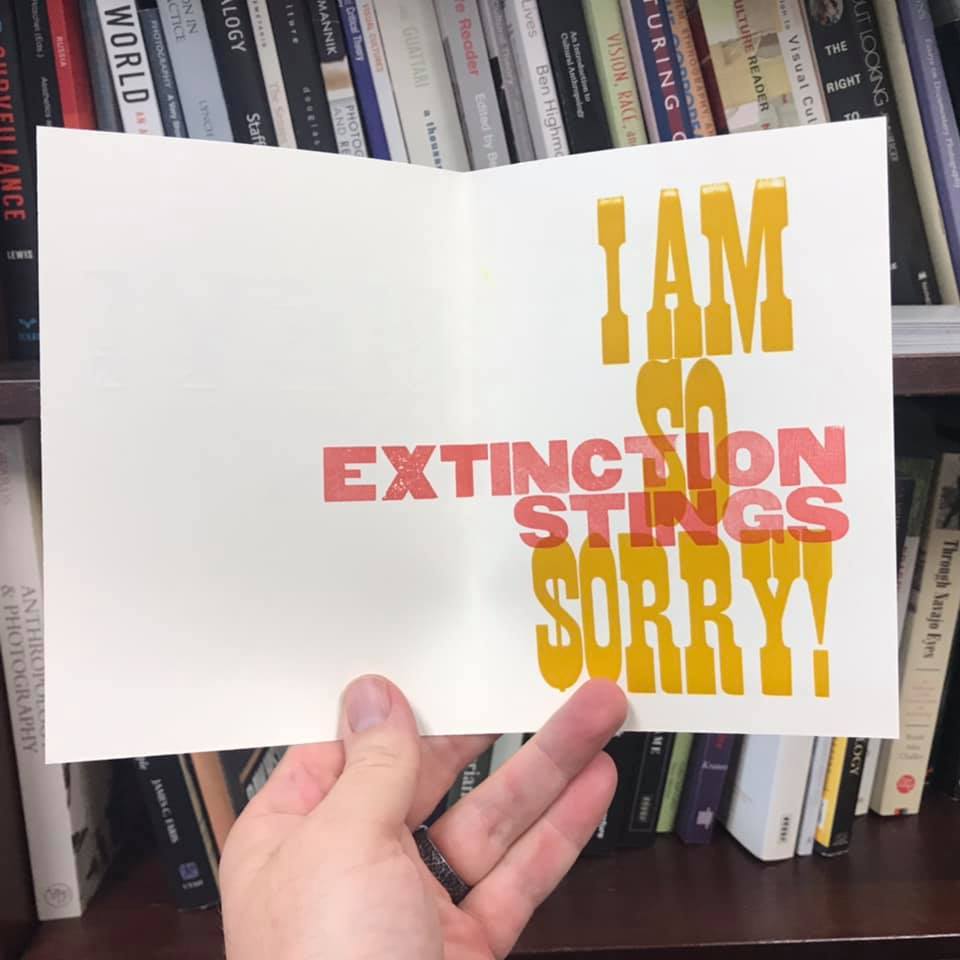
printmaking
Notes on Octagon
“This type measures 8 line in size and was produced with the end-cut method. The type block does not have a manufacturer’s stamp. This face was first shown as wood type by Edwin Allen in George Nesbitt’s 1838 First Premium Wood Types Cut by Machinery. This cut of Octagon was shown in American Wood Type on page 297 and was shown in the folio on page 85. Type name used by manufacturer: Allen Octagon. This seems to be the Allen cut. Only Allen seems to have produced this design. The manufacturer of this block has yet to be decisively confirmed. Kelly believed it may represent the oldest sample in the collection.” (RRK)
Typefaces
- Hey! [RRK. box 114. Octagon. 8 line.]
- Honey Bee. [Gothic]
- I a so $orry! [Antique Tuscan]
- EXTINCTION STINGS [Gothic]
Specimen sheets
